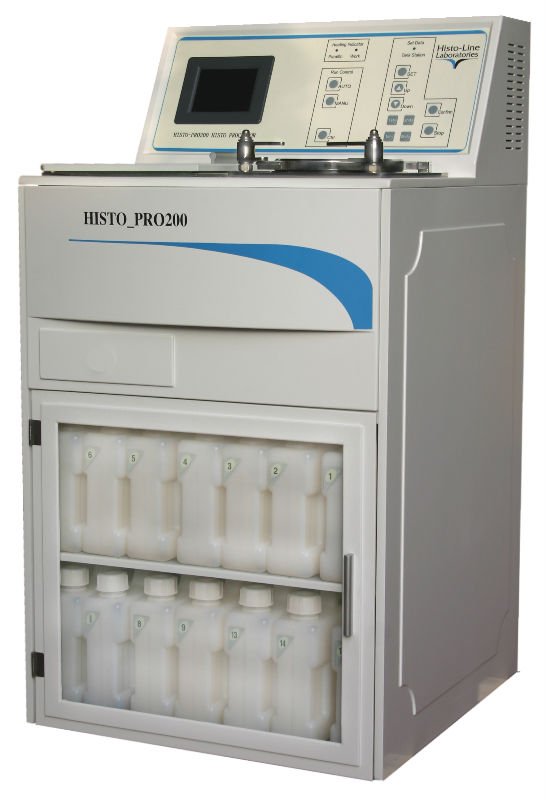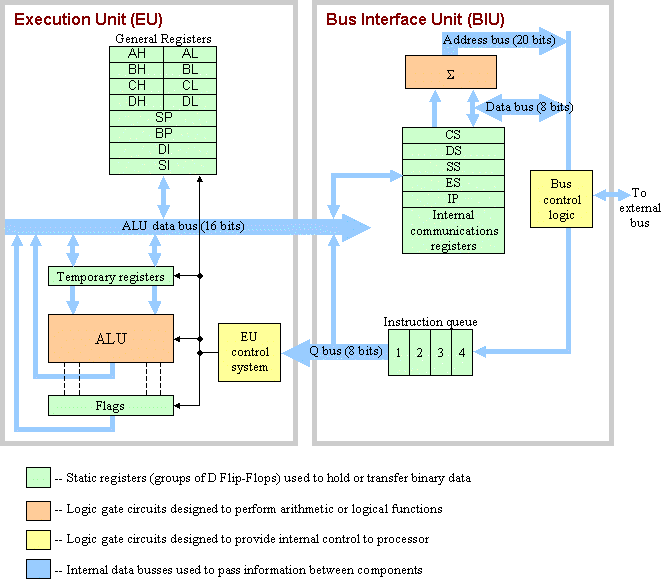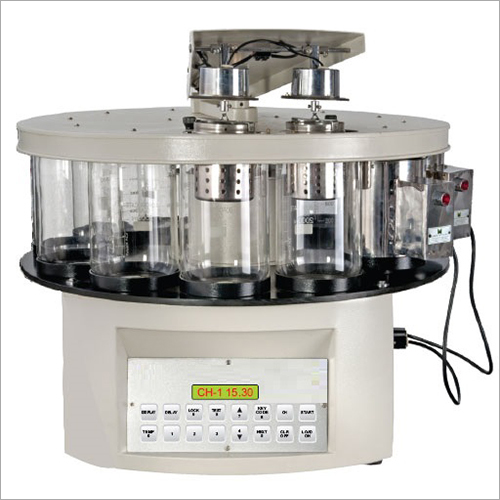

Just select the partition containing the older installation. You may upgrade an older Android-x86 installation by the installer. Congratulations! Now you can run Andrond-x86 directly, or you can reboot and run it:

Otherwise, choose a filesystem type to format. If the partition is formatted, you may choose 'Do not re-format' to keep existing data. Android-x86 can co-exist with other operating system or data in the chosen partition.If the target drive is not shown, try 'Detect devices'. Note you can install Android-x86 to an external disk like USB drive.

You can choose an existing partition to install Android-x86, or you can create or modify partitions by choosing 'Create/Modify partitions'. After seconds of booting, you will see a partition selection dialog.Boot from the Android-x86 installation CD/USB, choose the 'Install Android-x86 to harddisk' item, as shown below:.Burn the iso image to cdrom, or create a bootable USB disk (recommended).Usually you should just use the latest image. Download an iso image from a mirror site.See the Advanced Section for more details. In particular, you can install Android-x86 to an NTFS filesystem to co-exist with Windows. View the Project on GitHub pdfcpu/pdfcpu About Getting Started Fonts Core Generate Annotations Attachments Boxes Create Encryption Extraction Forms Images Info Keywords Pages Papersizes Portfolio Propertiesįix #82, #86 repairs corrupt xref sections.We have implemented a text-based easy installer to help install Android-x86 to a hard drive.


 0 kommentar(er)
0 kommentar(er)
